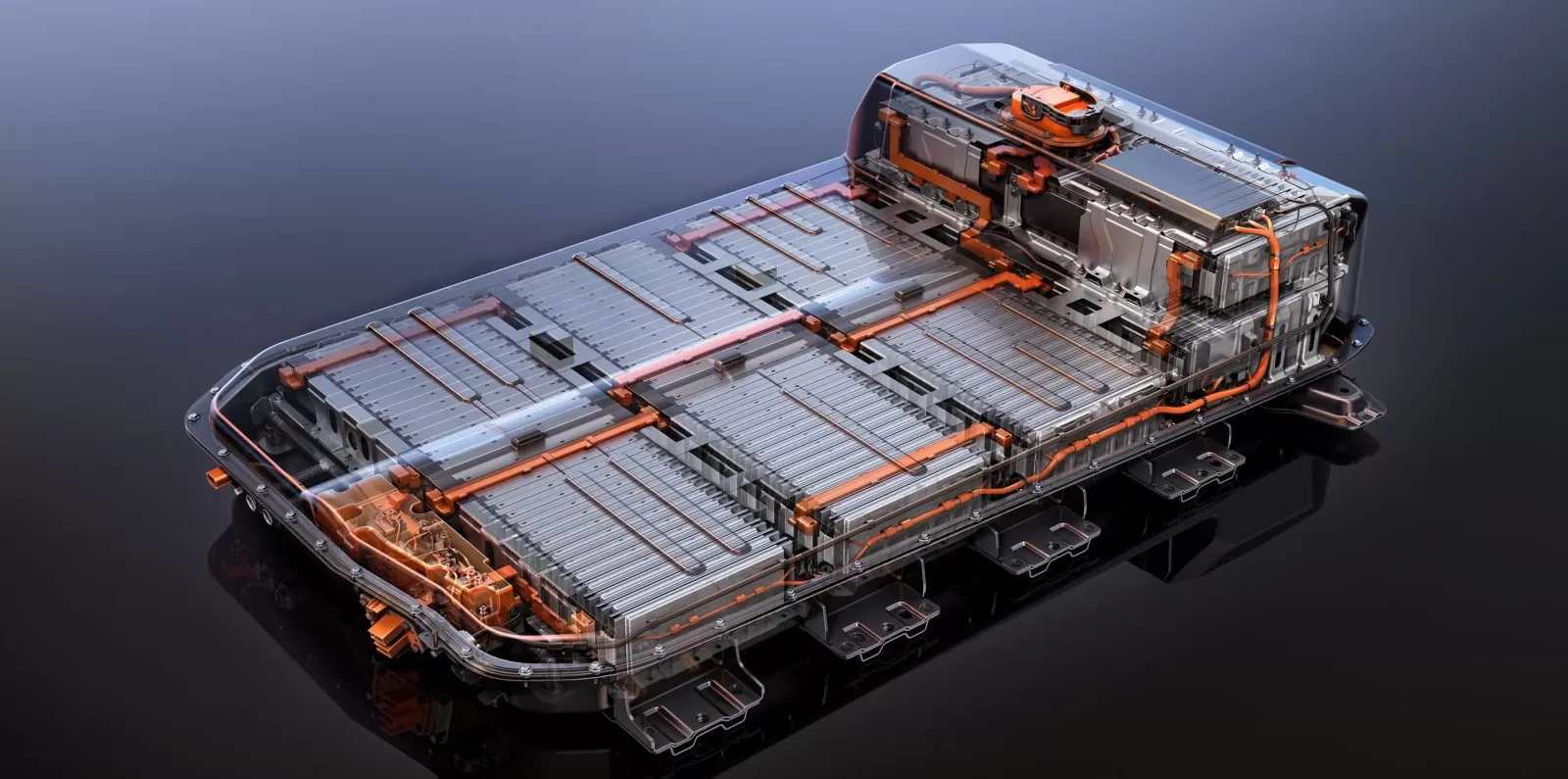In an increasingly competitive global electric vehicle (EV) market, innovation and sustainability are crucial to maintaining leadership. Contemporary Amperex Technology Co. Limited (CATL), the world’s largest EV battery manufacturer, is taking a significant step toward ensuring both by launching a supplier incentive program aimed at accelerating technological progress and solidifying its supply chain.
The CATL supplier incentive program provides financial assistance, R&D support, and technical guidance to its upstream material suppliers. The initiative is expected to unlock new battery technologies, improve production processes, and create a more resilient and environmentally responsible EV battery ecosystem.
This move not only positions CATL for continued dominance but also raises the bar for global battery manufacturing standards.
Why CATL Is Launching a Supplier Incentive Program
The motivation behind CATL’s initiative stems from several intersecting challenges facing the battery industry:
- Rising competition from South Korean, Japanese, and emerging Southeast Asian battery players.
- Soaring demand for batteries amid EV adoption and grid energy storage expansion.
- Increased pressure to develop sustainable, low-cost, high-performance battery materials.
Recognizing that innovation cannot be centralized, CATL is extending its R&D commitment to its supply chain. This decision reflects a broader industry trend toward collaborative innovation—a strategy where major OEMs and manufacturers invest upstream to gain long-term competitive advantages.
CATL will reportedly fund part of suppliers' R&D activities, make advance payments, and offer help with product certifications, all of which aim to encourage rapid experimentation, new material development, and streamlined commercialization of promising technologies.
Key Objectives of the CATL Supplier Incentive Program
CATL’s supplier support strategy is designed to accomplish multiple objectives that align with its long-term vision.
1. Accelerate Battery Material Innovation
Lithium-ion batteries are at the heart of the electric transition, and their performance depends heavily on advanced materials like cathodes, anodes, and electrolytes. By investing in suppliers' R&D, CATL hopes to foster breakthroughs in:
- Solid-state electrolytes
- Silicon-based anodes
- Cobalt-free cathodes
- Faster-charging materials
Such developments could make batteries lighter, safer, and longer-lasting—key metrics that influence consumer adoption and regulatory compliance.
2. Strengthen Supply Chain Resilience
By offering financial incentives and long-term contracts, CATL reduces the risk of supplier disruptions due to volatile markets or financial stress. Advance payments help smaller vendors scale up production or invest in advanced equipment without relying on loans or outside investors.
This is particularly relevant amid global concerns over battery material shortages, such as lithium and nickel.
3. Ensure ESG Compliance and Certification Readiness
To meet growing environmental and ethical standards, suppliers must adhere to strict ESG (Environmental, Social, Governance) benchmarks. CATL’s program includes technical support to help suppliers gain international certifications for sustainability, safety, and performance—helping them remain globally competitive.
Impact on Global EV Industry and Supply Chains
The CATL supplier incentive program has the potential to reshape how battery manufacturers and materials suppliers collaborate in the electric mobility era. Several important outcomes are expected:
a) Faster Time-to-Market for New Technologies
With financial backing and regulatory support from CATL, suppliers can take bold risks on experimental materials and processes—leading to a faster transition from lab-scale ideas to commercially viable solutions.
b) Lower Battery Prices for Automakers
A more efficient and innovative supply chain means better economies of scale. As suppliers scale their operations and develop low-cost alternatives to rare materials like cobalt, these savings can be passed down to automakers and ultimately consumers.
This is particularly important as price parity between EVs and internal combustion engine vehicles remains a key barrier to mass adoption.
c) Setting a Global Industry Benchmark
As the world’s largest EV battery producer, CATL’s practices influence global trends. This incentive model may inspire other major players like LG Energy Solution, Panasonic, and SK On to adopt similar supplier engagement strategies.
In the long term, this could result in a more open, innovation-driven ecosystem for the battery industry.
Supplier Perspective: Opportunities and Responsibilities
Suppliers participating in CATL’s incentive program stand to gain significantly in terms of revenue, R&D collaboration, and global exposure. However, they must also adapt to higher performance and transparency expectations. To qualify, suppliers will likely need to:
- Commit to sustainability and lifecycle traceability
- Share data on manufacturing efficiencies and materials sourcing
- Be flexible with innovation cycles and open to co-development
- Integrate quality control systems that align with CATL standards
In return, suppliers gain long-term contracts, reduced financial risk, and access to CATL’s vast knowledge base.
Environmental Benefits and Sustainability Goals
Beyond the business value, this initiative also contributes to global sustainability goals. By incentivizing eco-friendly material innovation and resource-efficient manufacturing processes, CATL reinforces its pledge to support the world’s transition to clean energy.
Some of the environmental benefits expected from the program include:
- Use of recycled materials in battery production
- Reduction in carbon emissions during processing
- Decreased reliance on conflict minerals
- Expansion of closed-loop battery systems
CATL is also working toward net-zero emissions across its value chain and has recently joined the Global Battery Alliance, pledging to promote ethical, traceable battery supply chains.
Conclusion: A Strategic and Sustainable Move
The CATL supplier incentive program is a strategic initiative that demonstrates foresight and leadership in one of the most important industrial transitions of our time. By empowering its suppliers, CATL not only strengthens its own business position but also drives innovation, efficiency, and sustainability across the global EV battery industry.
For other industry players, this move sends a clear signal: to lead in the EV age, companies must think beyond themselves and invest in the broader ecosystem that fuels innovation.
As the race to electrify continues, CATL’s approach could very well become the blueprint for how global industrial leaders collaborate and compete in a decarbonized future.
Read More






 Thursday, 20-11-25
Thursday, 20-11-25







